In: archaeology

Secrets of Deserted Villages
August 31, 2022As archaeologists, we usually focus on the excavation and analysis of the physical remains of people’s lives, such as pottery, bone, and coins. But there is another source of information which can bring a new element to our investigations! In this blog we will explore some historic documents. These relate…
Read More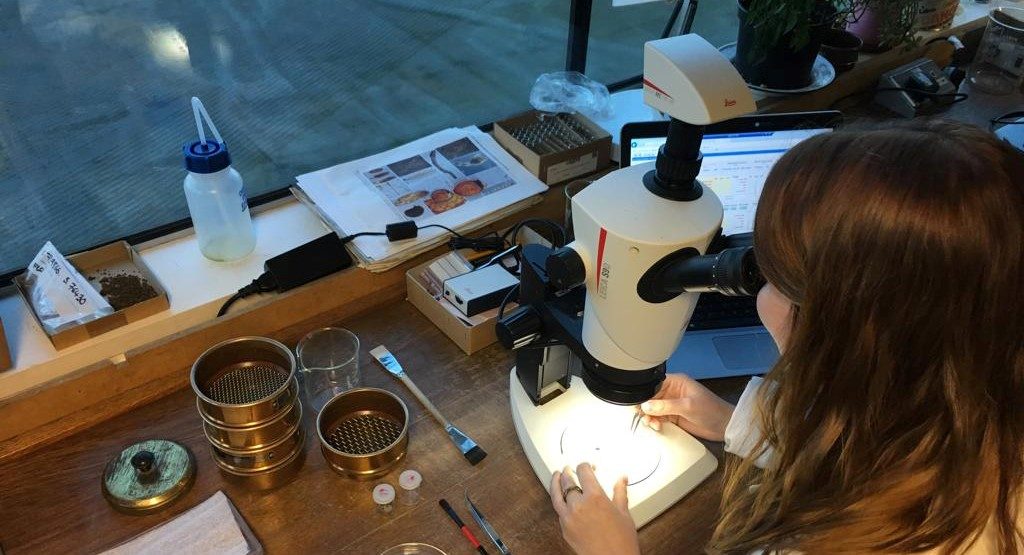
Food or foe? Exploring unusual plant foods along the A14 Cambridge to Huntingdon improvement scheme
August 12, 2019Archaeobotanical remains, from prehistory to the post-medieval period have been uncovered along the A14 Cambridge to Huntingdon improvement scheme. We know that cereal crops such as wheat and barley were staple plant-based foods at ancient settlements and sites along the route, and we uncovered the earliest physical evidence of the…
Read More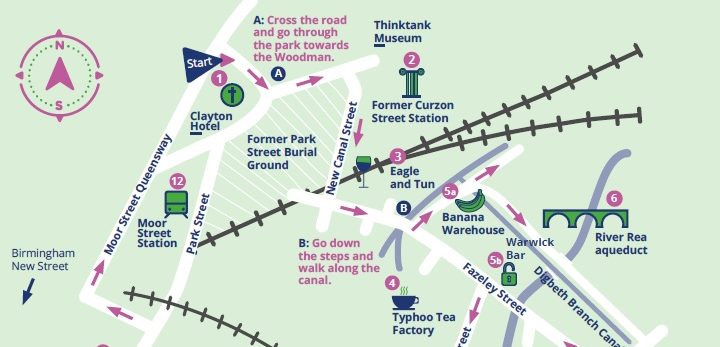
Self-guided walking tour of Digbeth, Birmingham
July 22, 2019As archaeological excavations of Park Street burial ground for HS2 come to a close, MOLA Headland Community Engagement Officer, Andy Sherman, explores the hidden historical treasures of the immediate area in this blog. If you’d like to explore the often-forgotten gems of Digbeth for yourself, then download our self-guided walking…
Read More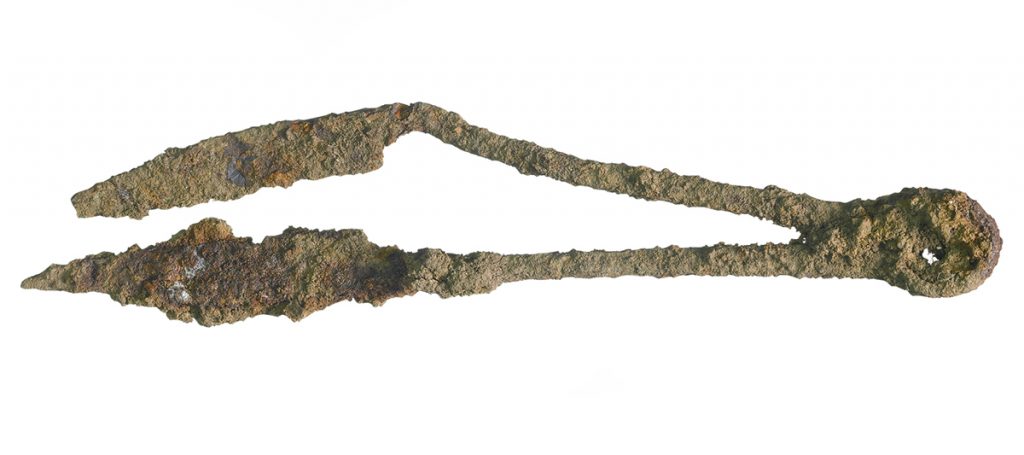
Ask the Expert: Anglo-Saxon textile making on A14C2H
July 3, 2019Across the scheme we’ve uncovered items which relate to Anglo-Saxon clothing and textile production, sometimes in small amounts, and sometimes in larger, more concentrated amounts. In this blog, MOLA Headland finds expert Lyn Blackmore comments on the evidence we have so far… Q: To make clothes, Anglo-Saxons would first have…
Read More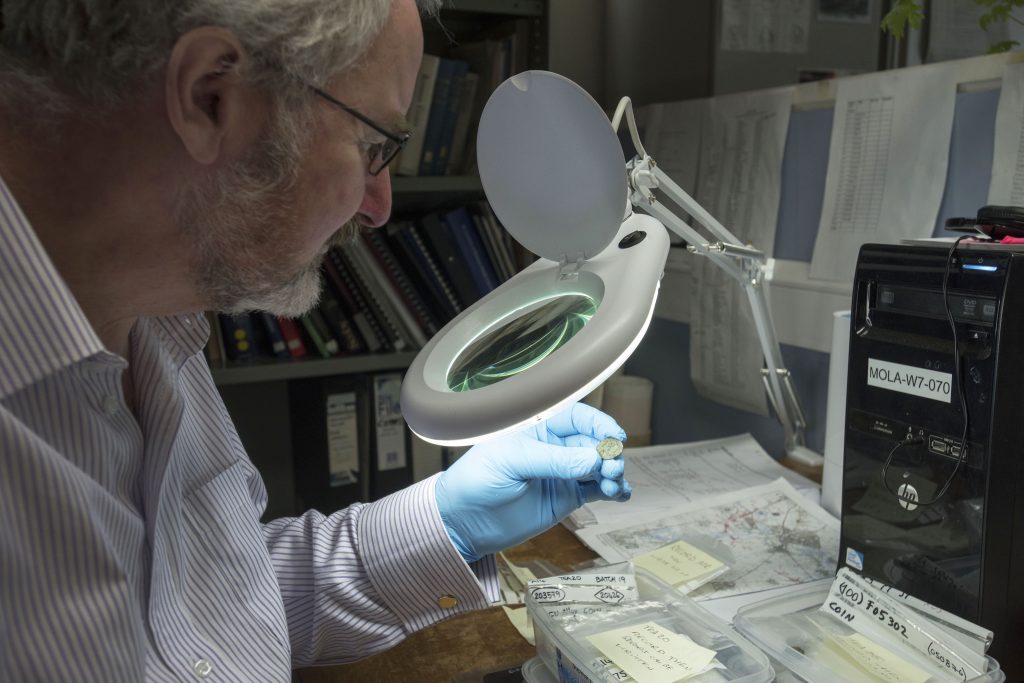
Rare Roman coin depicting ill-fated emperor Laelianus identified on A14C2H
May 20, 2019In the last #A14Archaeology blog, we looked at Iron Age coins in Cambridgeshire and found out from our numismatist, Julian Bowsher, about the significance of one particular Iron Age coin discovered along the route. In this blog, we’re taking a closer look at a rare coin with a more dramatic tale…
Read More
Ask the Expert: Iron Age coins in Cambridgeshire
April 17, 2019The study of coins, and currency more generally speaking, is known as numismatics. In archaeology, numismatics can help us to ascertain precise dates and find out who occupied or passed through a particular site. They can also tell us about trade networks, belief systems and leadership. In this blog, find…
Read More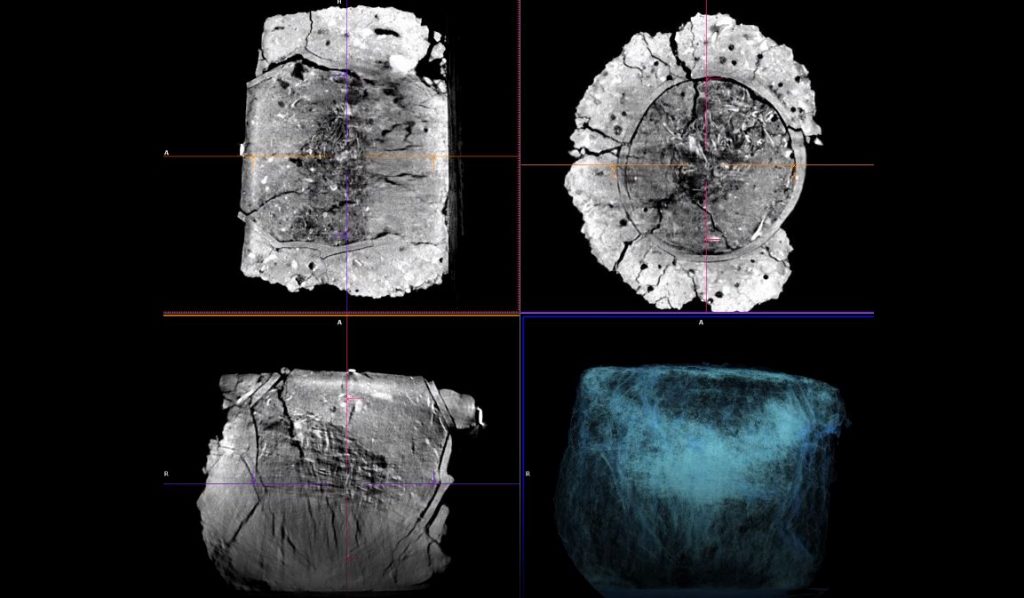
Evidence of cremation in the archaeological record
April 11, 2019In this blog, we look at cremation urns, what they are, and what they mean for archaeologists. Our excavations along the route of the new A14 Cambridge to Huntingdon improvement scheme have led us to uncover fascinating stories about Cambridgeshire’s past populations and the discovery of human remains plays a…
Read More
Ask the Expert: Senior Archaeologist
March 6, 2019This week, Emma Jeffery, Senior Archaeologist at MOLA Headland will be talking about the amazing archaeology of the A14 Cambridge to Huntingdon improvement scheme at Current Archaeology Live. In this blog, we find out more about her role on the Highways England scheme and what happens next. What has your…
Read More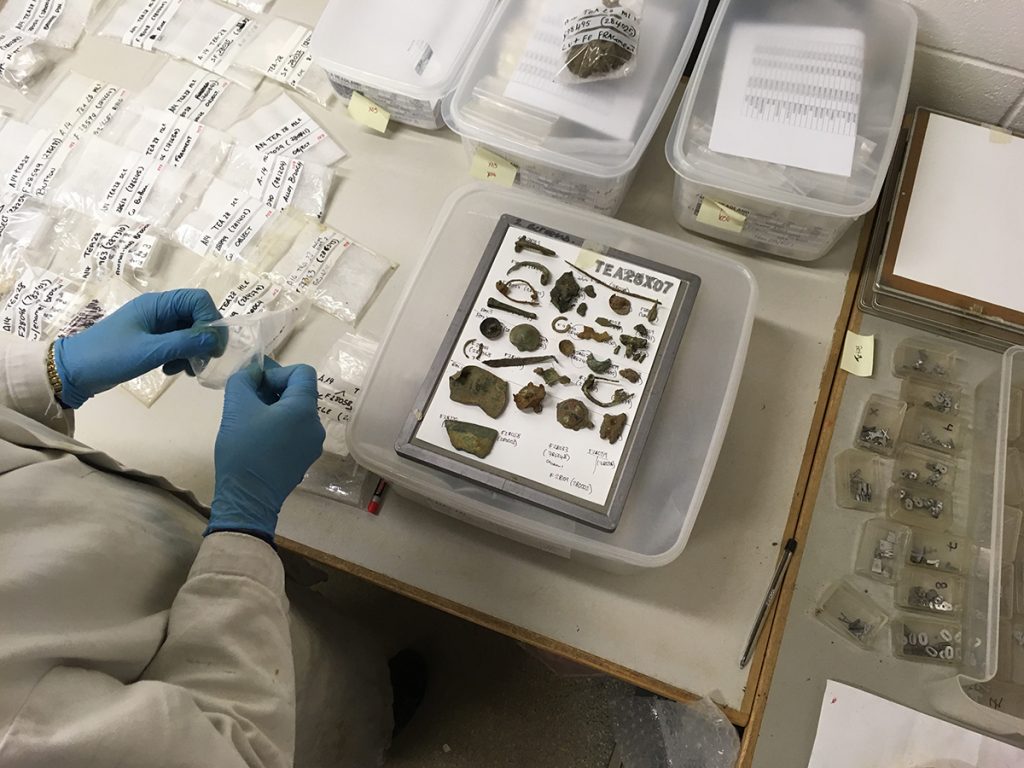
How are x-rays helping archaeologists identify finds from A14C2H?
February 21, 2019X-rays are a non-destructive way of exploring metal archaeological finds in more detail. They allow our finds specialists to reveal the true form of heavily corroded items and get a glimpse of the very fabric of an object, meaning they can better understand how it was made, its condition and…
Read More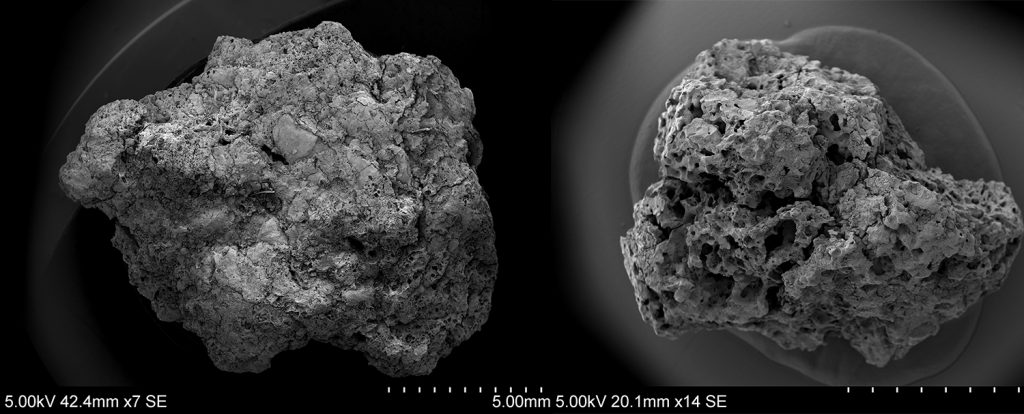
Earliest physical evidence of beer making process in Britain discovered on the A14C2H improvement scheme
January 30, 2019Our archaeobotanist, Lara Gonzalez Carretero, has uncovered what is believed to be the earliest physical evidence for beer-making in the UK, dating back more than 2000 years to the Iron Age, on the A14 Cambridge to Huntingdon improvement scheme. Evidence of early Iron Age porridge and bread-making has also been…
Read More